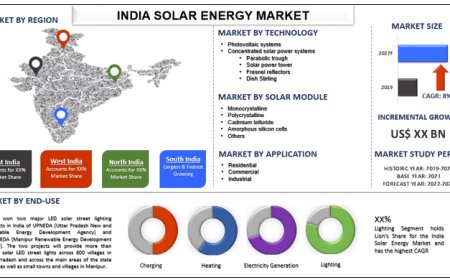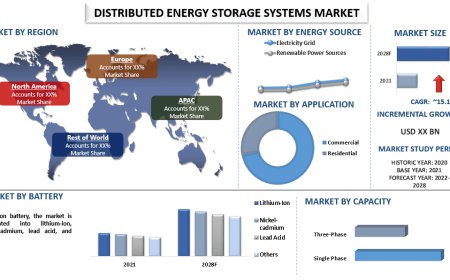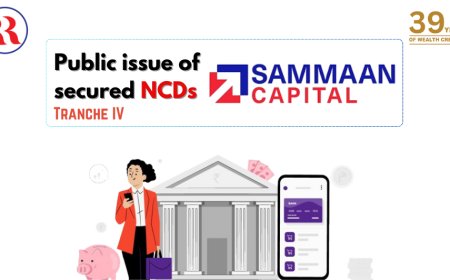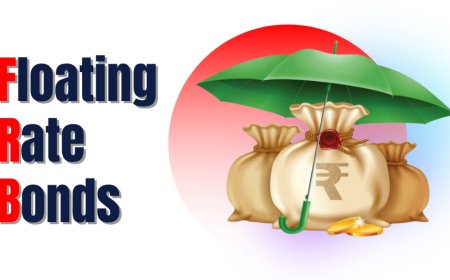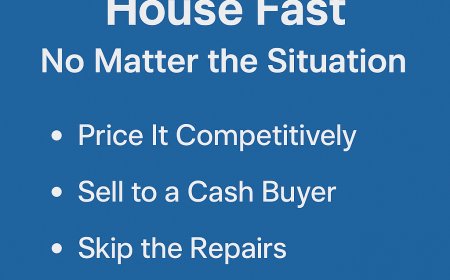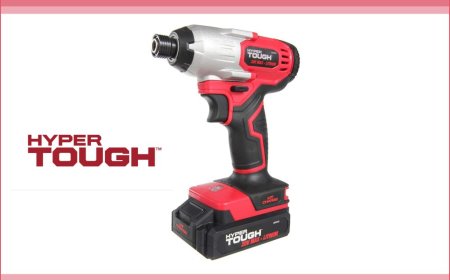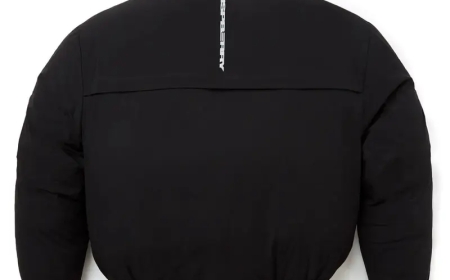Is Shock Content Driving Influencers Gone Wild?
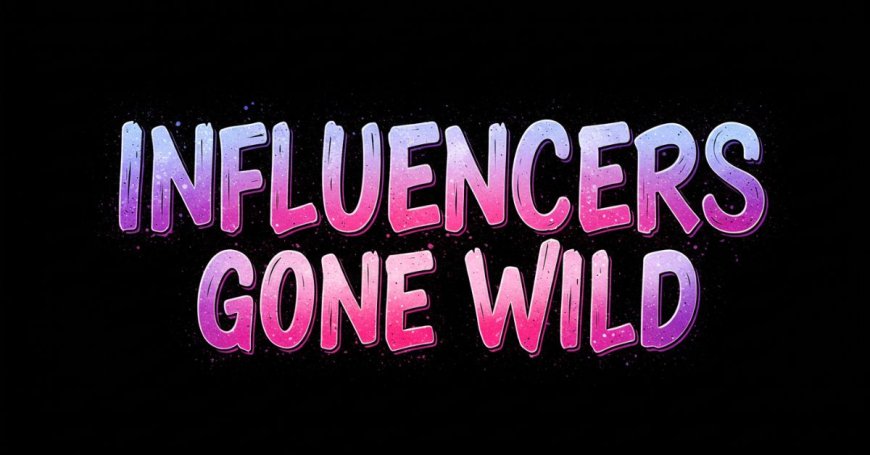
Every few days, a new video takes over social media feeds: an influencer doing something reckless, outrageous, or deeply controversial. Its easy to think these moments are just individual creators going off the railsbut the reality is bigger than that.
Behind every viral meltdown, prank gone too far, or boundary-pushing stunt is a powerful force shaping todays digital culture: shock content. And the question isnt just whether influencers choose to go wild, but whether the system itself demands it.
So, is shock content really driving Influencers Gone Wild? And if so, why do creators, platforms, and audiences keep coming back for more?
Why Shock Works So Well Online
At its core, shock content isnt new. Humans have always been drawn to the unexpected, the scandalous, and the taboo. But social media supercharges this instinct:
-
Algorithms track what keeps us engaged the longestand shocking videos often make us watch to the end.
-
Outrage sparks comments and debates, which boost visibility.
-
Shares multiply when viewers say, You have to see this!
The result? Shock content outperforms almost everything else in the race for attention.
The Attention Economy and the Race to Stand Out
Influencers operate in a crowded, competitive landscape:
-
Millions of creators upload content daily.
-
Trends fade quickly, forcing creators to constantly innovate.
-
Metrics like watch time, likes, and comments decide what gets shown to wider audiences.
In this environment, mild content often feels invisible. Shock, on the other hand, breaks through:
-
It stops the endless scroll.
-
It sparks instant emotional reactionssurprise, anger, laughter.
-
It creates viral moments that mainstream media and reaction channels pick up.
Creators see these rewards and quickly learn: the wilder the content, the better it performs.
Escalation: When One Viral Moment Isnt Enough
One shocking clip can launch a creator overnightbut it also creates a new problem: expectation.
-
Audiences subscribe hoping for more outrageous content.
-
Algorithms watch for similar engagement spikes.
-
Brands chasing relevance may approach specifically because of the viral moment.
To keep the momentum, influencers often feel pressure to escalate:
-
Stunts get riskier.
-
Humor becomes meaner or more controversial.
-
Private moments become public for shock value.
What starts as a single viral clip can spiral into an entire persona built around pushing limits.
Shock as a Shortcut to Authenticity
Audiences often claim they value realness over perfection. Shock content plays into this:
-
Raw, unscripted rants feel real.
-
Public breakdowns seem unfiltered.
-
Boundary-pushing jokes appear fearless.
In a sea of polished brand content, wild moments feel authenticeven when theyre calculated. Ironically, carefully planned shock content can look more genuine than traditional, edited videos.
Audiences Play a Bigger Role Than They Think
Many viewers condemn influencers for going too farbut still watch, share, and comment:
-
Criticism still counts as engagement.
-
Sharing a clip to show how bad it is spreads it further.
-
Reaction videos and memes keep wild moments in circulation.
In this system, attentionnot approvalmatters most. And every view or share, even from haters, helps shock content thrive.
Platforms Profit While Creators Risk Everything
For social media companies:
-
Viral, controversial videos keep users on the platform.
-
More time spent watching means higher ad revenue.
-
Outrage-driven debates create free content in comments and duets.
For creators, though, shock content comes with real risks:
-
Legal trouble from dangerous stunts.
-
Mental health strain from living in constant controversy.
-
Long-term brand damageeven if short-term views spike.
The system rewards wild content, but creators pay the price if it goes wrong.
Not All Shock Is Equal
Its important to note: shock content isnt inherently bad. Some creators use it to challenge norms, highlight injustice, or spark important conversations. The problem arises when:
-
The primary goal is controversy, not creativity.
-
Harm (to others or themselves) becomes part of the content.
-
It normalizes dangerous or hateful behavior for attention.
In these cases, shock content becomes less about art or commentary and more about spectacle.
Can Creators Succeed Without Going Wild?
Yesbut its harder. Some influencers build loyal audiences around:
-
Consistent storytelling.
-
Skill-based content (like art, comedy, or education).
-
Thoughtful commentary and authenticity.
These creators often see slower growth but build trust and sustainability. Yet the temptation to mix in shock content remainsbecause one wild video can do what months of effort might not.
Final Thoughts: Beyond Blame
So, is shock content driving influencers gone wild?
Absolutelybut its not just influencers to blame:
-
Algorithms reward engagement at any cost.
-
Audiences gravitate toward the outrageous, even if they disapprove.
-
Platforms profit most from controversy.
If we want a healthier online culture, the question isnt just why influencers go wildbut why shock works so well, and why we keep clicking.
Because ultimately, the digital ecosystem we live in is shaped by creators, platformsand the audience on the other side of the screen.












